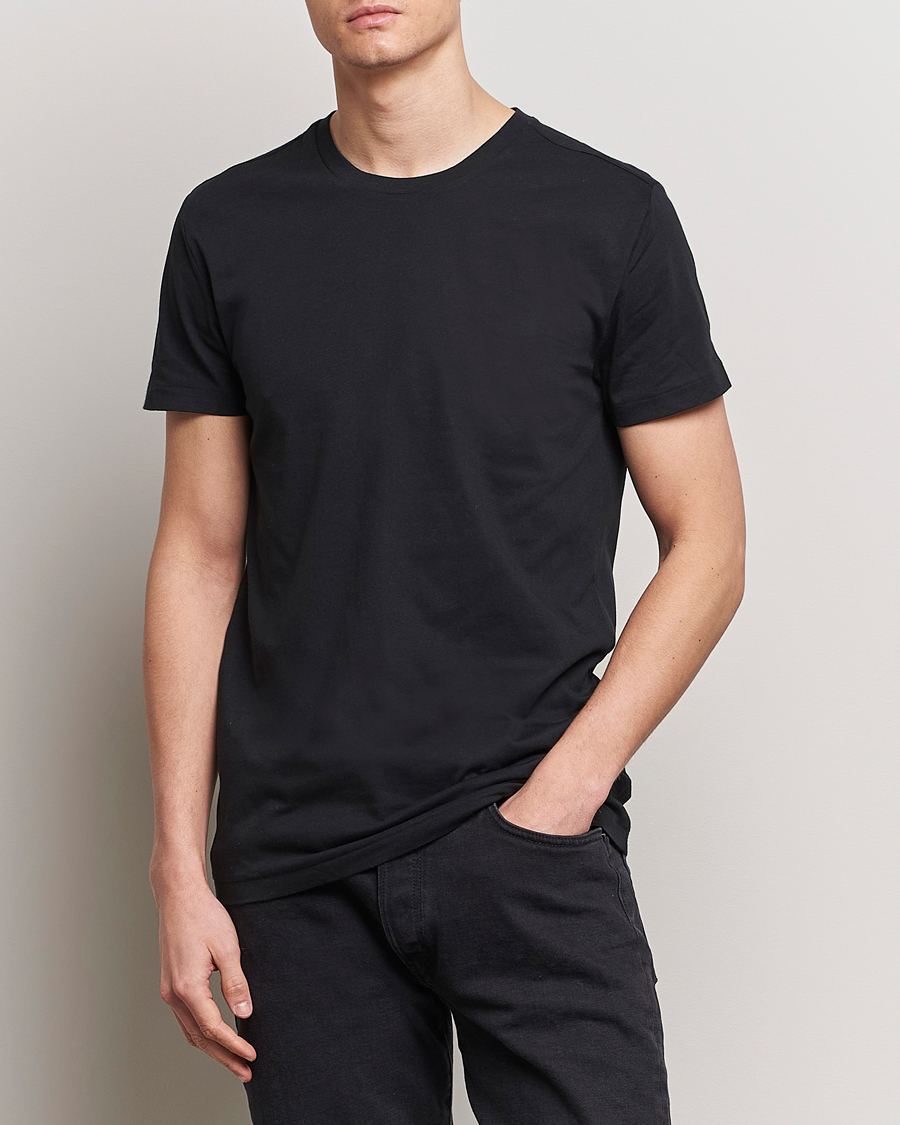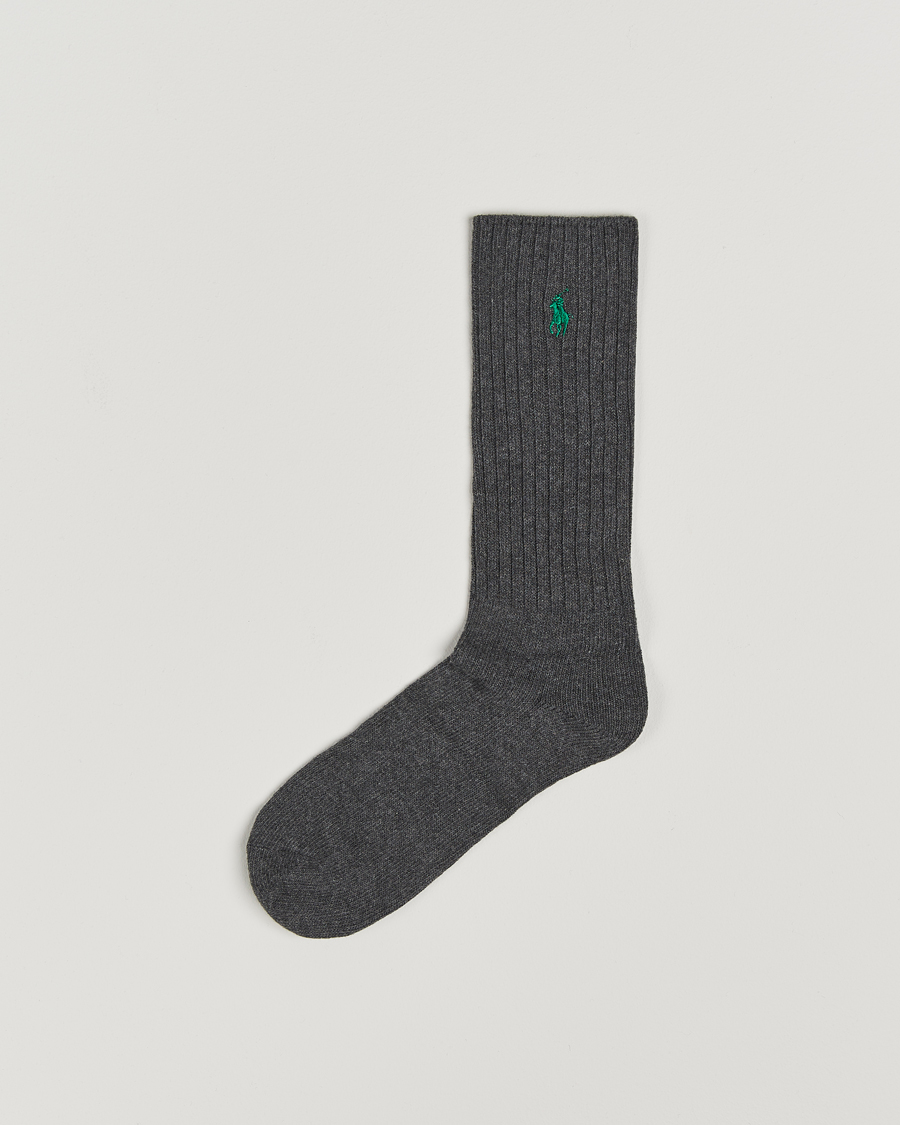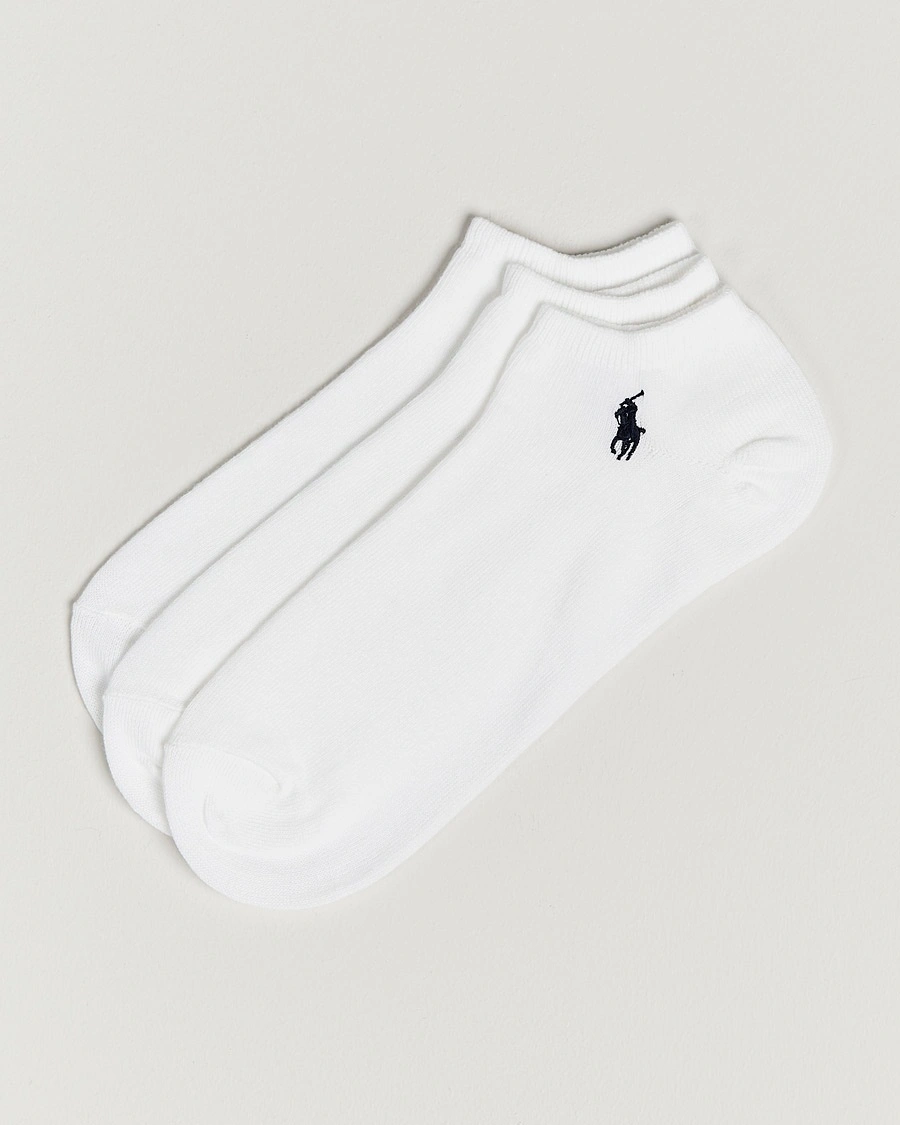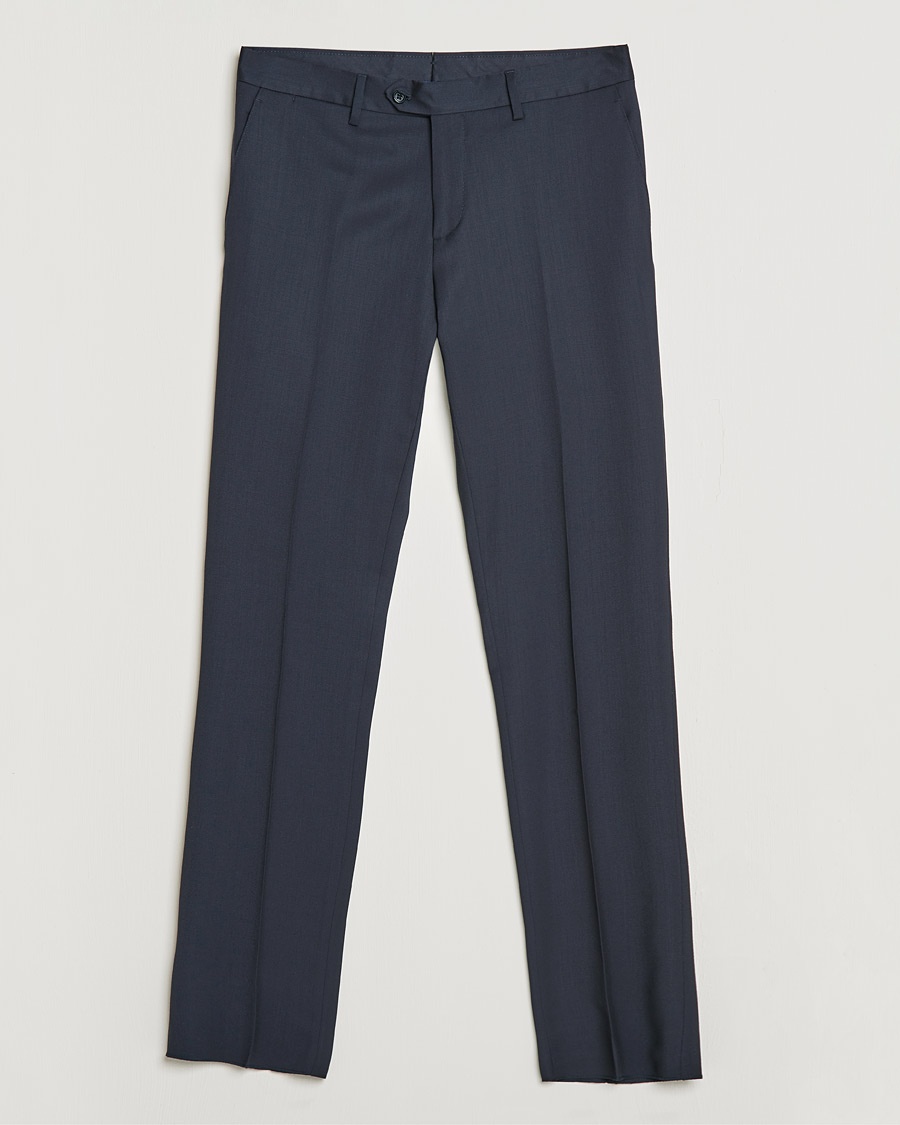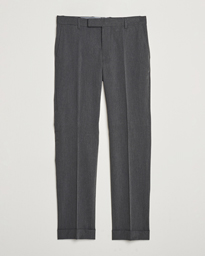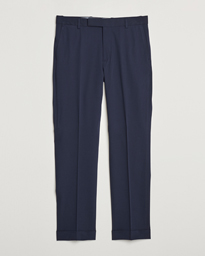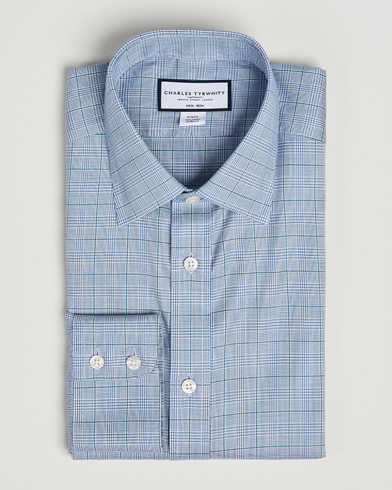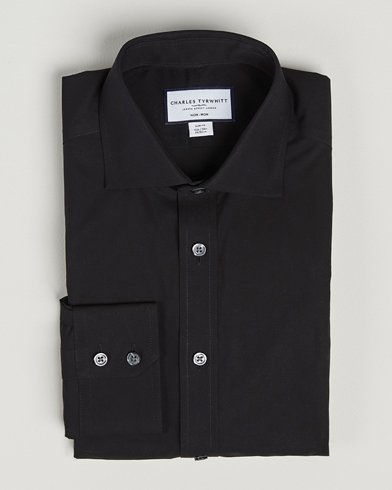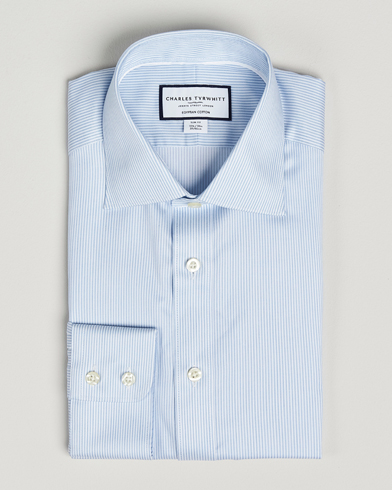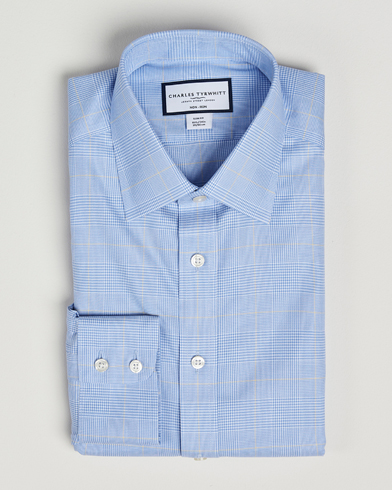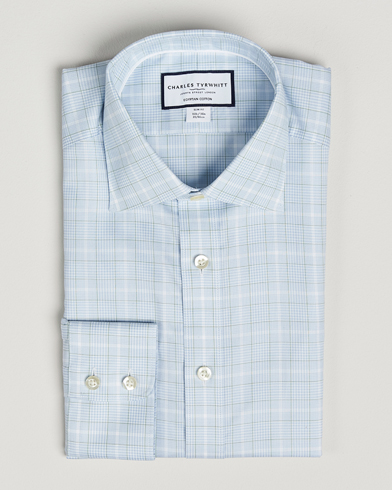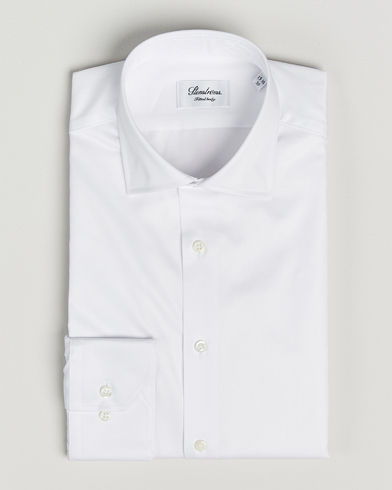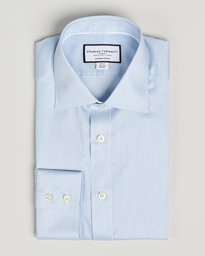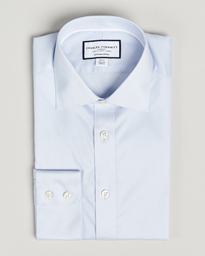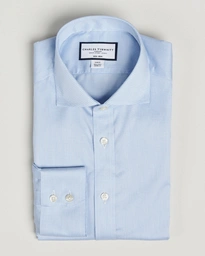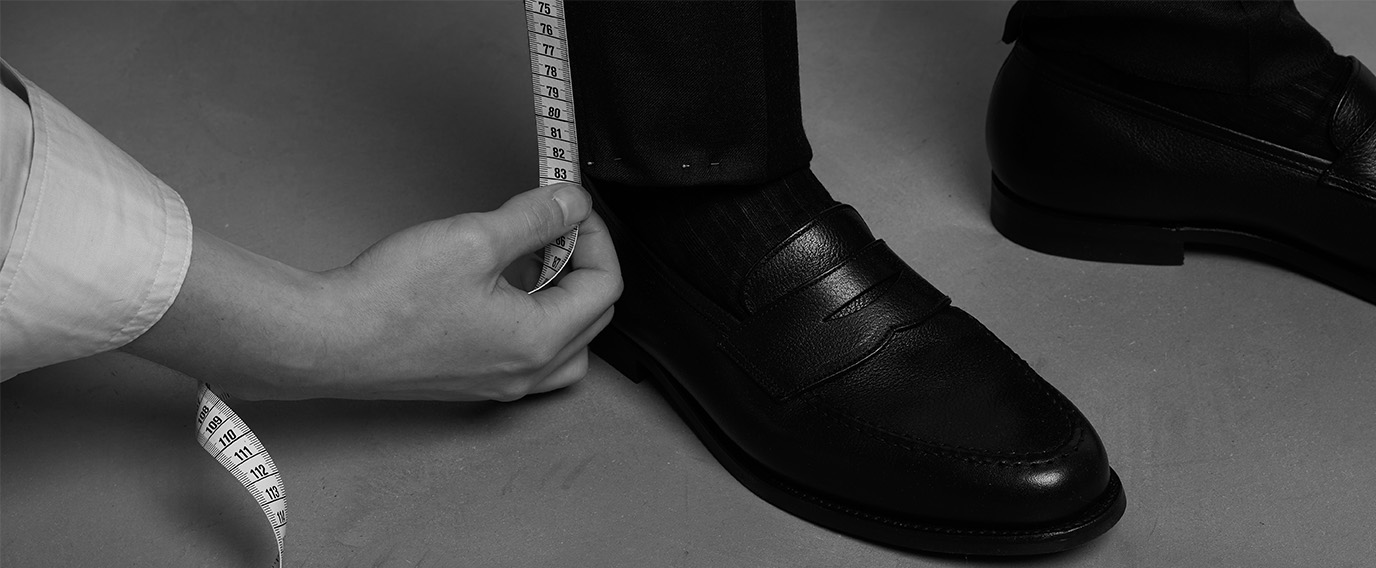
The tailoring guide

Text: Mikael Vallin
Photos: Melvin Wahlin
Altering clothes for sustainability
Carefully selected quality garments that you adjust, mend and maintain contribute to a more sustainable behaviour, as opposed to the world of fast fashion. Clothes are made to be maintained and adjusted, but above all to be used. With this background on the value of the clothes, the clothes can be passed down the generations and become tomorrow's classics.Care of Carl now offers a tailoring service, where you can get compensation for selected garments if you need adjustment at a tailor's. Read more about the service here.
Why alter clothes?
The sensation of wearing clothes changes dramatically when the fit is just right. You may go from not wearing a piece of clothing, to it becoming a true favourite in your wardrobe if the fit is right.Altering garments at a tailor shop used to be a natural part of buying quality clothes in a clothing store. The seller took measurements to see if the sleeves needed to be shortened, the waist taken in on the jacket or trousers, or if the trouser legs needed to be shortened. Everyone’s bodies have different shapes. Hence, a piece of clothing with a certain size will also fit differently depending on its wearer. In addition to changing the fit, your tailor can usually alter and mend those favourite garments that are torn.


Which garments can I alter?
In principle, you can alter the majority of garments, although some alterations can depend on the experience and skill of your tailor. Alteration costs vary depending on how complicating they are to fulfil, as well as the type of fabric and its construction. Just like with your hairdresser, personal chemistry also matters. It is about your tailor understanding how you want your garments to fit, and how they should alter the garments. The day you find a tailor who really knows their trade and understands you, make sure to stick with that person. They, and the price you pay for their work, are worth every penny.Altering a blazer, jacket or coat
You can alter everything from the waist, sleeves and shoulders on a blazer. The correct arm length is incredibly important, sleeves that are too long make the blazer appear larger than it is. You can remove the so-called "collar roll", which are folds that sometimes form behind the collar of the jacket depending on the wearer's posture. It is even possible for a skilled tailor to alter the shoulder width of a blazer. A realistic alteration to make if you come across a fantastic suit of exceptional quality.These alterations can also be made on most jackets and coats. Blazers that have open buttonholes in the cuffs cannot be shortened because the holes then come too close to the cuffs. Once upon a time, clothes also had seam allowances that made it possible to expand and make them larger. Today, almost no brands spend money on giving their garments extra seam allowance. If your tailor is so skilled that they can to shorten the sleeves at the shoulder of the jacket, we can only offer our warmest congratulations.

Trouser alterations
Turning up trousers and altering the waist of trousers and chinos also belong to the simpler and cheaper alterations. The trouser legs can be shortened and you can alter the width of the trouser legs. Jeans generally cannot be altered at the waist due to their construction. At the same time, I have heard of tailors who found a solution to do this as well.Shirt alterations
Shirts can be altered easily at the back through so-called "darts" or incisions. Shortening the sleeves of a shirt is possible for a good tailor, but usually costly in relation to the price of the entire garment.Once you start altering and tailoring your clothes, there is usually no going back to wanting to wear standard fit, you will see the value of the investment. This often also become a natural path to a wardrobe consisting of fewer, higher quality garments.





